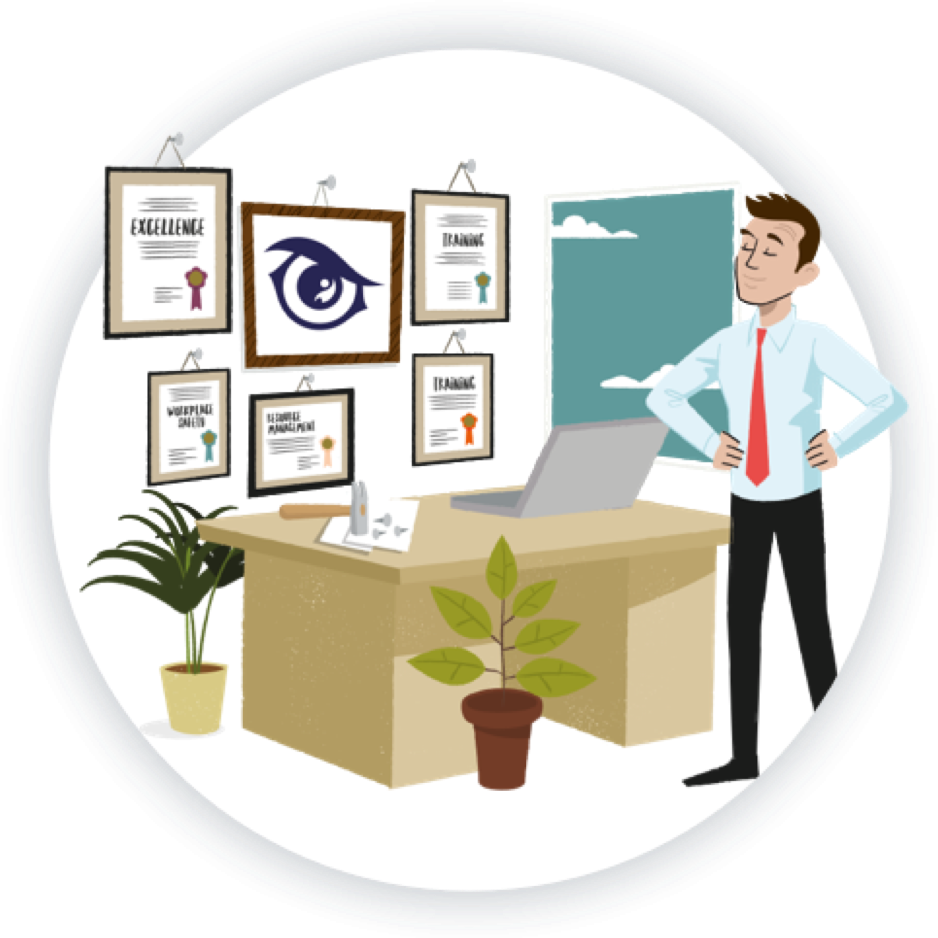Interior Designer
Job Description:Interior designers plan, design, and decorate spaces inside buildings
Job Category:What you will do:
In your day-to-day tasks, you may:
- meet clients to discuss their requirements and ideas
- develop designs to suit clients’ needs, their budget, and the type of building
- prepare initial sketches and mood boards for the client to approve
- advise on use of space, colour schemes, fabrics, fittings and furniture
- work out costs and prepare estimates
- create detailed drawings from the initial sketches, usually on a computer
- find suppliers of fittings, furniture, fabrics, and wall and floor coverings
Skills:
You’ll need:
- knowledge of building and construction
- design skills and knowledge
- to be able to use a computer and the main software packages confidently
drawing, computer-aided design (CAD) and model-making skills
As well as:
- the ability to work out costs and keep to budgets
business skills if self-employed - practical skills
- excellent organisational and project-management skills
- to be thorough and pay attention to detail
- customer service skills
- the ability to come up with new ways of doing things (creative skills)
- the ability to accept criticism and work well under pressure
- the ability to use your initiative (ambition/drive)
- the ability to work well with others (teamwork skills)

Entry Requirements:
To become an Interior Designer, it’s important to have a strong foundation in both creative and technical skills. While specific subjects are not mandatory, certain subjects can be helpful in preparing you for this career. Here are some subjects and skills that can be beneficial:
- Art and Design: This subject can provide you with a solid foundation in design principles, colour theory, and artistic techniques.
- Design and Technology (D&T): This subject covers various aspects of design, including product design, textiles, and graphics, which can be relevant to interior design.
- Mathematics: Basic mathematical skills are important for tasks like measurements, budgeting, and spatial calculations.
- English: Good communication skills, both written and verbal, are crucial for conveying your ideas to clients and colleagues.
- ICT (Information and Communication Technology): Familiarity with design software and computer-aided design (CAD) programs is essential for creating digital models and plans.
- Physics: Understanding principles of light and sound can be valuable in designing spaces that utilize natural light and acoustics effectively.
- Geography: Knowledge of geography can be useful for understanding how climate and environmental factors can impact design choices.
- Business Studies or Economics: These subjects can provide insight into budgeting, project management, and the business side of interior design.
- Textiles Technology: If available, this subject can offer a deeper understanding of fabrics, materials, and textiles used in interior design.
- Psychology or Sociology: Understanding human behavior and preferences can be beneficial in creating spaces that are functional and appealing to clients.
Post School
You can get into this job through:
- a university course
- a college course
- an apprenticeship
- working towards this role
University
You could take a foundation degree, higher national diploma or degree in a relevant subject like:
- interior design
- art and design
- interior architecture
- spatial design
College
You could take a college course to get started, for example:
- Level 3 Diploma in Interior Design
- Level 3 Diploma in Art and Design
- A Level in Art and Design
Apprenticeship
You could do a furniture design technician advanced apprenticeship to get into interior design.
Work
You could start as a design assistant with a company and take further training and qualifications on the job.
Working Hours and Environment:
Your typical working hours could be variable.
You could work in an office, from home, in a creative studio or at a client’s business.
Career Path & Progression:
You could move into related work like theatre set design, visual merchandising, exhibition design or furniture design.